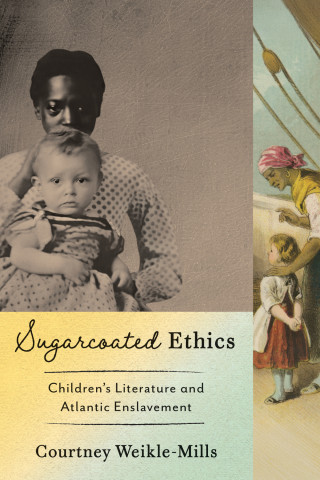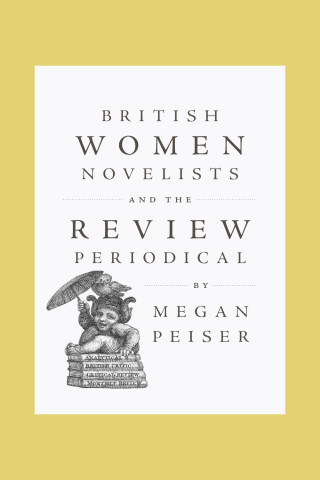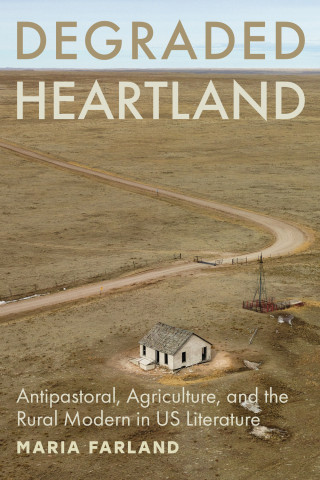
Reviews
Even as new Alcott-oriented scholarship, adaptations, and other artifacts appear, The Afterlife of 'Little Women' will continue to be essential to Alcott studies and a model for reception scholars.
The research in this book is stunning both in its breadth and depth... This is a book that not only does justice to its subject through a detailed presentation of evidence connected by astute critical judgments, but can also serve as a model for future studies. We are in Clark's debt for this immensely detailed, informative, and—yes—entertaining work.
[The Afterlife of Little Women] is fascinating, cover-to-cover, for the many readers of Little Women still out there, whether scholar or generally interested fan, for Clark's prose is clear and lively; her ability to discuss so many diverse materials so cogently is admirable... As the sesquicentennial of Alcott's most famous work approaches (2018), scholars and general readers can only hope that Beverly Lyon Clark will be among those assessing this classic in its 150th year.
From the child who saves her copy of Little Women as she flees from a Chicago fire, to a schoolgirl who warns Alcott that if she didn't 'make Laurie marry Beth' she would 'never read another of your books as long as I live'... the glimpses we get of child readers in the nineteenth century are compelling.
With obvious value for fields such as American and transatlantic studies, American literature and criticism, book history, children’s literature, popular culture, reception history, and women’s and gender studies, Beverly Lyon Clark’s The Afterlife of "Little Women" promises to have a broad and lasting appeal.
Clark’s masterful analysis of the novel’s reception highlights those aspects of Little Women and the cultural contexts within which it has been read that have made it so astonishingly popular and beloved, even today.
This superb, scrupulously researched book breaks fascinating new ground. Clark provides readers with a comprehensive narrative for understanding the changing reception of Little Women. She explores a diverse and substantial number of responses, both in the United States and globally, including personal reactions, popular reviews, scholarly analyses, and adaptations of all kinds. She also raises larger questions about the creation of childhood and the formation of cultural memory. No one has previously researched the critical or popular reception of Little Women in such detail or with such nuance. This is an impressive, original, and well-written book.
Book Details
Acknowledgments
Introduction
1. Becoming Everyone's Aunt, 1868–1900
2. Waxing Nostalgic, 1900–1930
3. Outwitting Poverty and War, 1930–1960
4. Celebrating Sisterhood and Passion since 1960
Notes
Index






